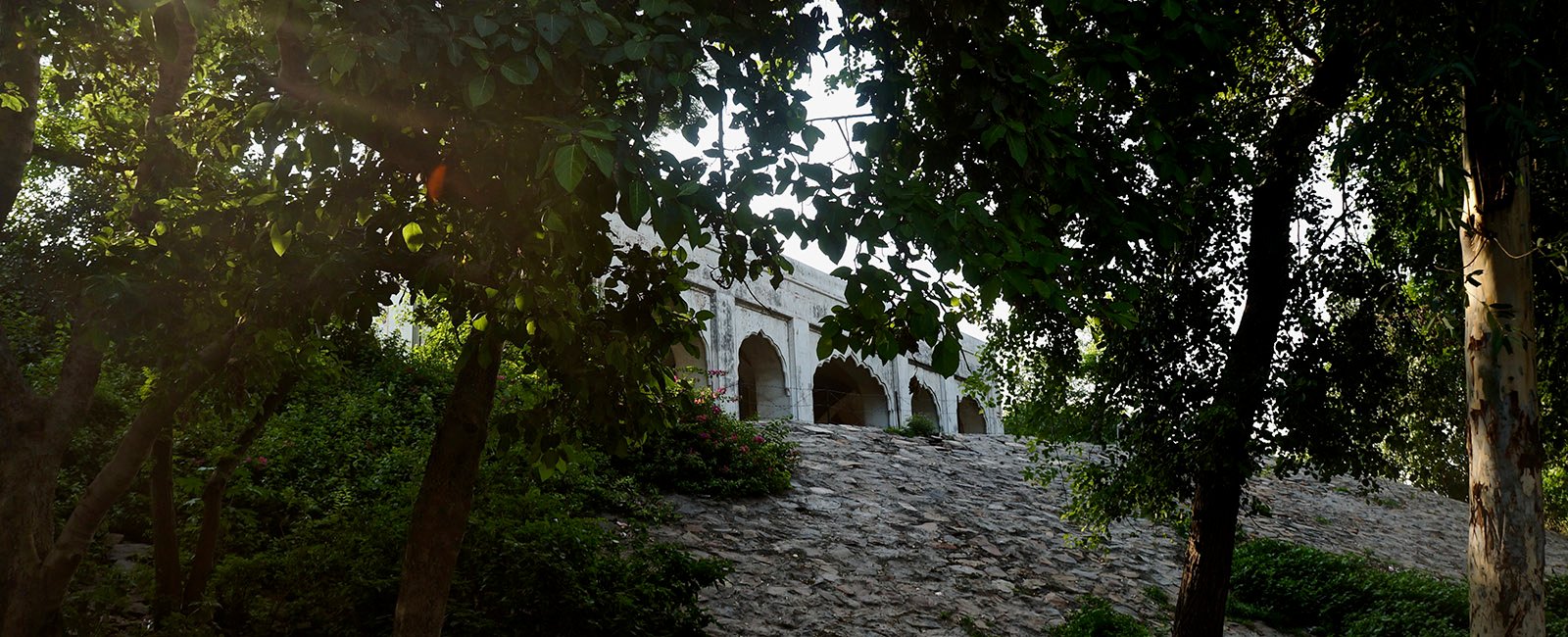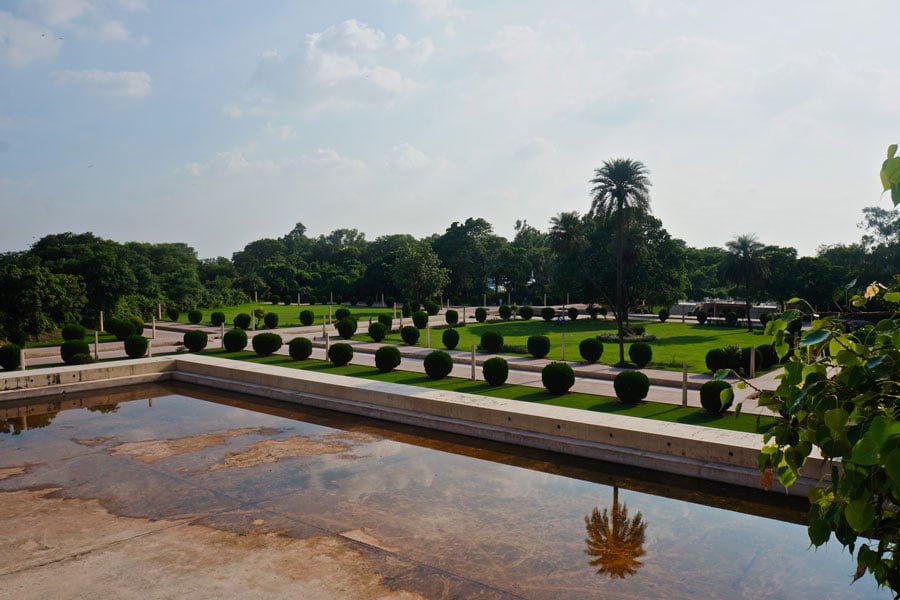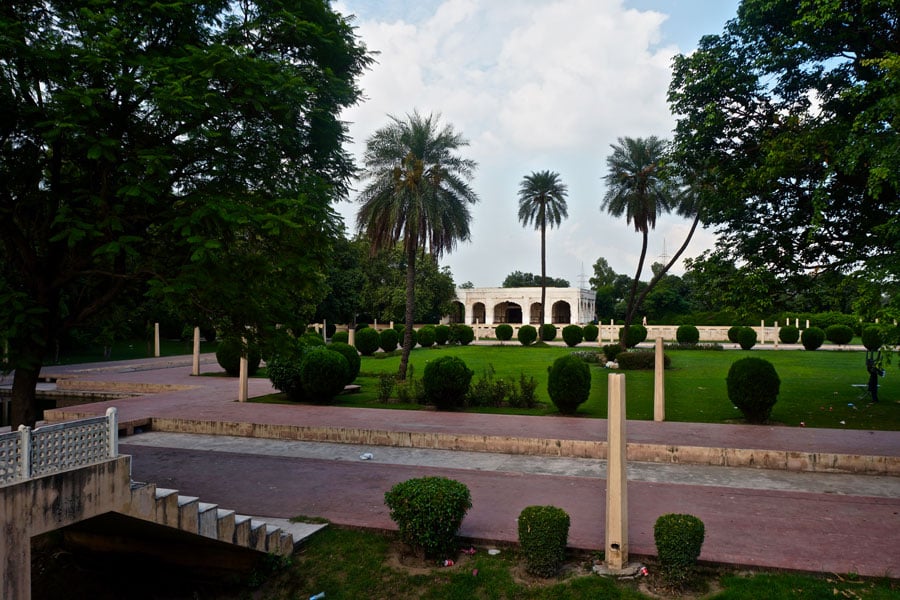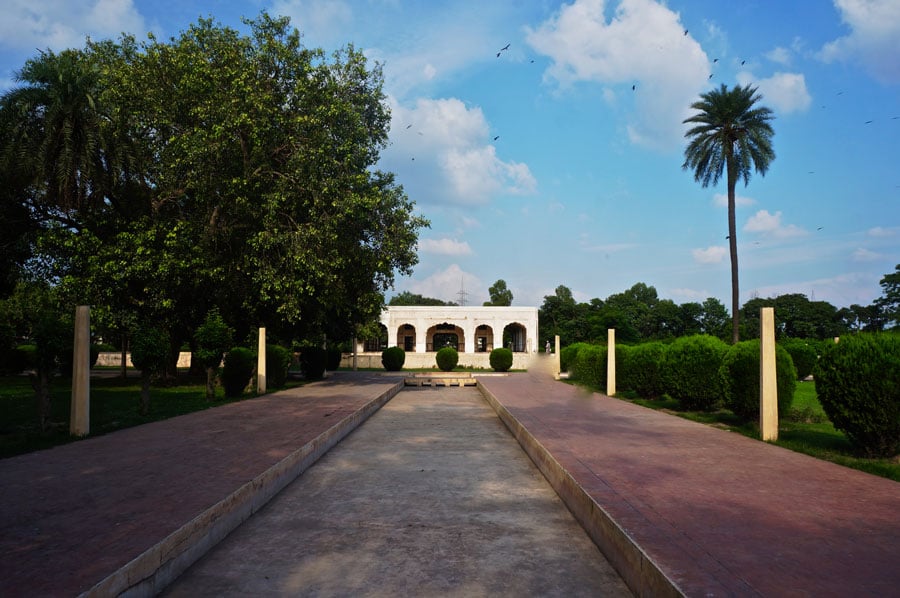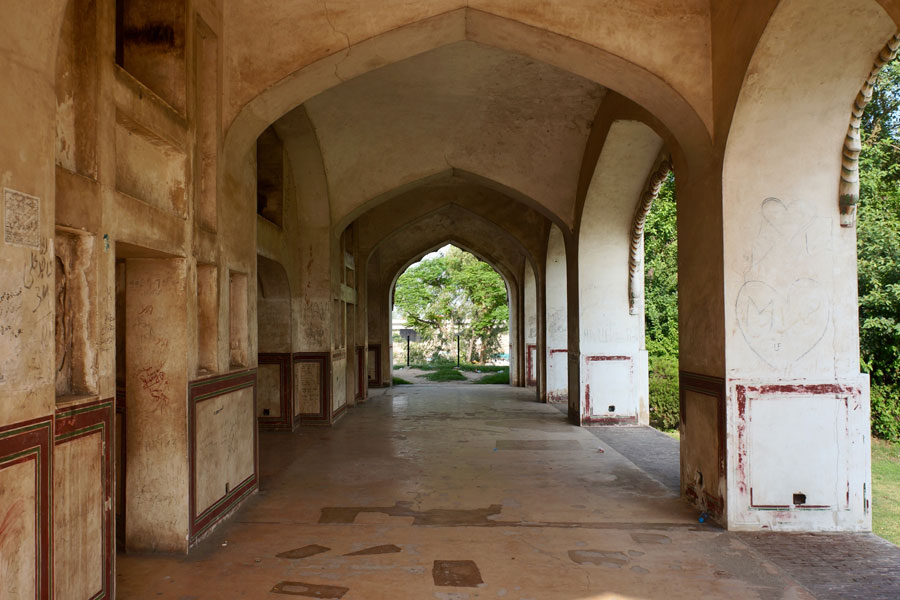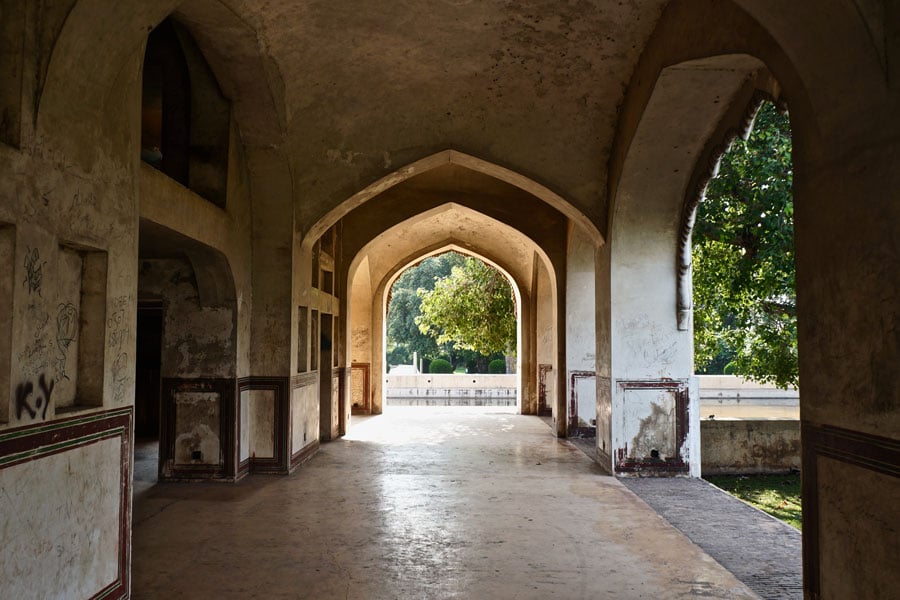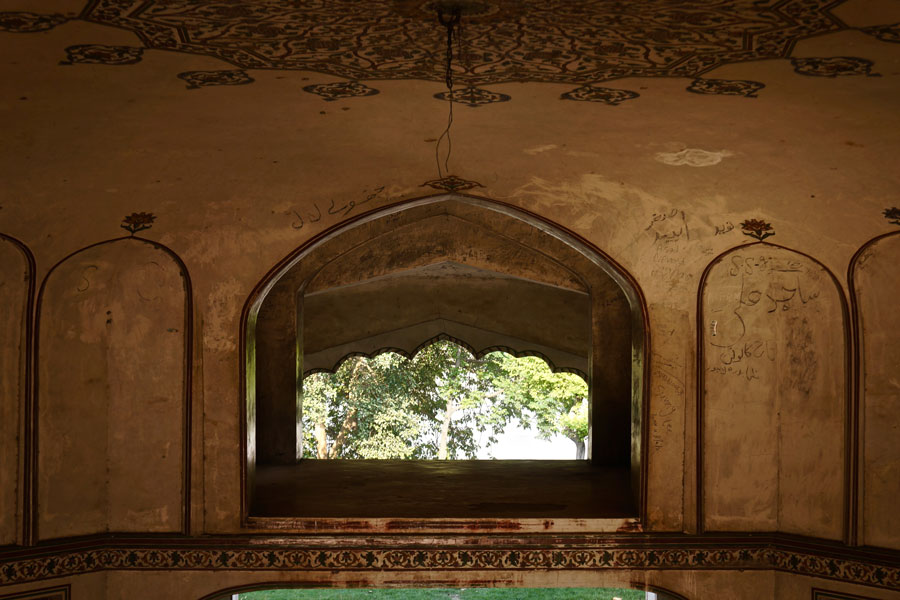Do you know about the first structure the Mughals built in Lahore?

Over the centuries, many dynasties have risen and fallen, and together formed Lahore’s distinct identity. Bapsi Sidhwa, a renewed author, once described Lahore as, “the handmaiden of dimly remembered Hindu kings, the courtesan of Mughal emperors, the Paris of the East.”
Though many invaders and rulers have reigned before and after the Mughals, it is arguably the Mughals that Lahore’s glorious past is most firmly entwined with – the grandeur of royal mosques, the charm of the walled city and the stupefying enormity of the Lahore fort.
Amidst all this sheen and might, the first ever Mughal structure in Lahore, Kamran ki Baradari, rarely gets mentioned.
Kamran Mirza was the second son of the first Mughal emperor, Babur, and brother of the second emperor, Humayun. Details about his life have mostly been relegated to the margins of history, yet the structure he built still stands as a reminder of his existence. Kamran laid the foundation of this garden by the bank of river Ravi in 1540, hosting a baradari (a pavilion with 12 doors). Its original purpose was to be used as a summer pavilion. Nestled inside the bustling neighbourhood of Shahdara, it is the only relic in this area that isn’t primarily a royal mausoleum; the other gardens host the tombs of Jahangir, Noor Jehan, Asif Khan and Zeb un Nissa Begum. When Punjab fell to the British, they used the baradari as a toll collection centre for the passing boats.
Overtime, the ebb and flow of the river damaged the structure; at times severely destroying the upper storey and part of the basic structure. It was only in the 1990s that serious conservation work was undertaken, and the pavilion was restored somewhat to its original worth.
Also, with the changing course of the Ravi the geographical location of the baradari changed dramatically. What was once located beside a river is now located in the middle of an island, and can only be accessed conveniently by boats. There’s a small, designated, free parking area at the other end of the river. The journey atop the waters is taken with the help of two boats: one rowboat and one motorboat.
For almost the entire journey, the most overwhelming sensation remains the burning of your nostrils. Ravi here looks nothing like a river; it’s one big cesspool of waste and garbage - the dumping spot of a megacity’s excreta. So here’s a mandatory warning: cover your nose well if you plan to make this trip.
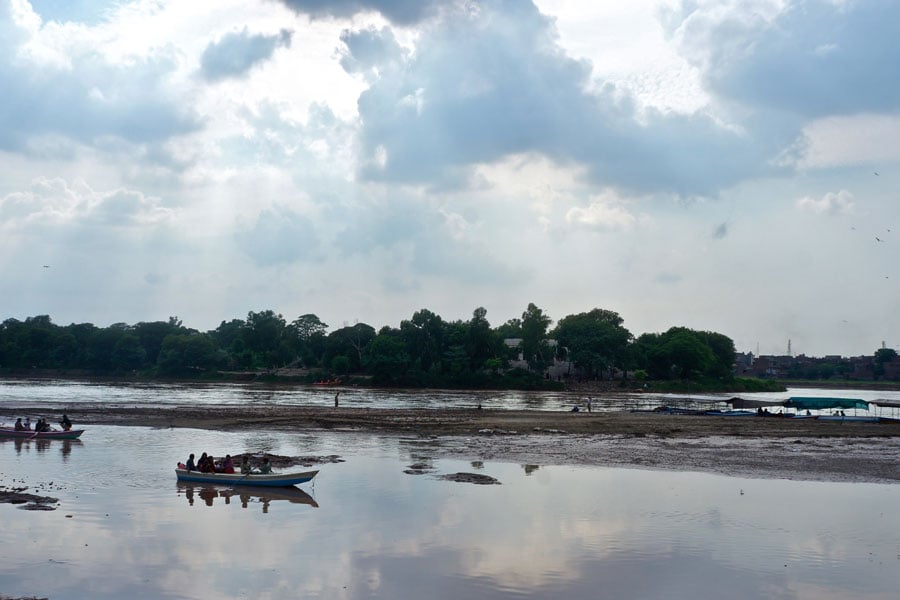
But when you reach the other end of the water-body, the baradari before you looks glorious and the gardens have all the luscious colours of nature. The baradari, with its beautiful work and engaging patterns, is a treat to behold. The upper storeys are also open, and they provide a great spot for taking pictures, besides affording some wonderful views of the area. A stroll in the gardens is another treat, even though they are remarkably smaller in scale than some other Mughal gardens in Lahore.
On the way back, however, you’re made to wait. At times the wait can be for extremely long durations, as the boats arrive and take you back. The rule is that they charge you for one side, and you have to wait for the boats to fill up before they come to drop their new passengers and pick you up. This, and the smelly water body is the only serious impediment to hailing Kamran Ki Baradari as a wonderful tourist attraction of Lahore.
- Nawaz is a doctor and a freelance writer. This article was published with permission from the Youlin Magazine.



